AO Edited
Fonte Ciane
According to legend, after Hades pulled Persephone into the underworld, one of her attendant nymphs cried so much that her tears formed this spring.
According to Ancient Greek-Sicilian mythology, the Fonte Ciane was the location where Hades entered the underworld with his bride Persephone, daughter of the goddess Demeter. As the Roman author Ovid recounts, Ciane—a water nymph and companion to Persephone—attempted to prevent Hades from absconding with his unwilling bride. When her rhetoric failed to persuade the god of the underworld, the nymph Ciane was overcome with grief and dissolved into tears, creating this azure lake.
Diodorus Siculus’ The Library of History states that Hercules instituted worship rites for the goddesses at this site, and Gelon constructed a temple in their honor. Archaeologists have searched for the remains of this temple for over one hundred years, to no avail.
The surrounding limestone area is littered with Bronze Age tombs. The grave goods from these tombs are displayed in the Museo Archeologico Regionale Paolo Orsi, and are culturally significant as they attest to contact with Mycenaean Greeks.
The Fonte Ciane is also home to naturally growing papyrus—the only spot in Europe where it grows freely. The introduction of this papyrus was most likely a gift from Ptolemy II Philadelphus to Hiero II of Syracuse.
Know Before You Go
There is a scenic walkway approximately three kilometers long that leads to the temple of Olympian Zeus.




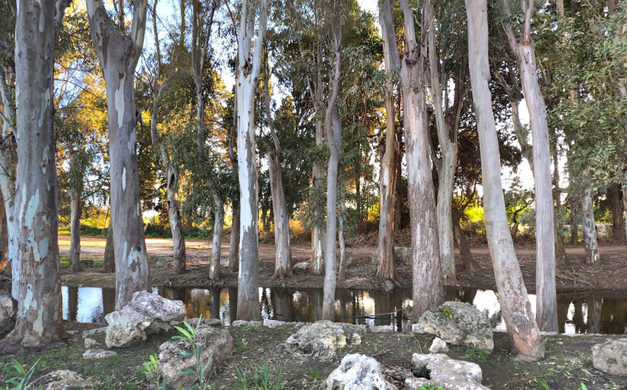











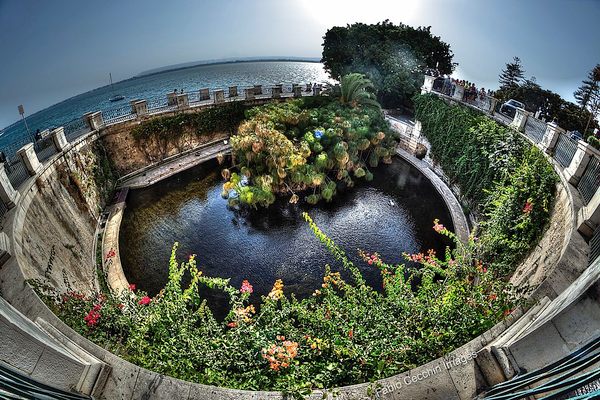

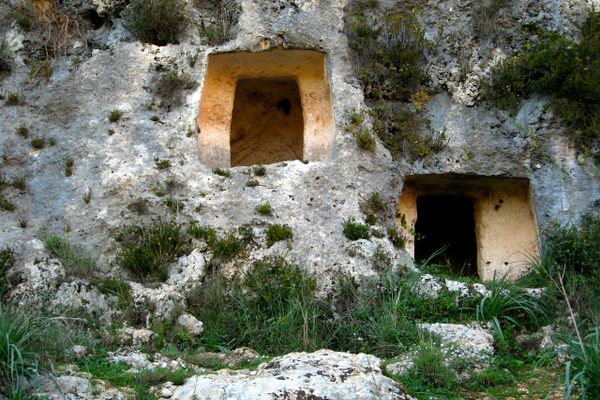

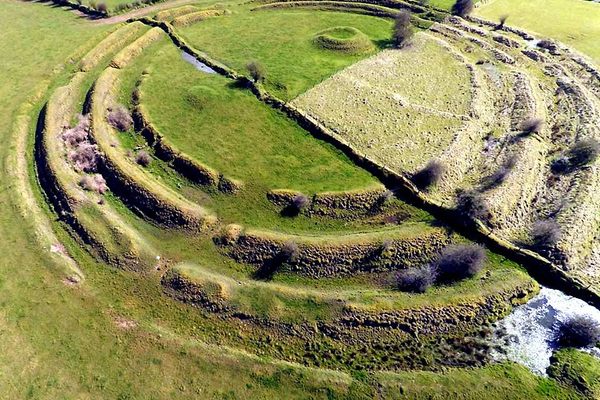
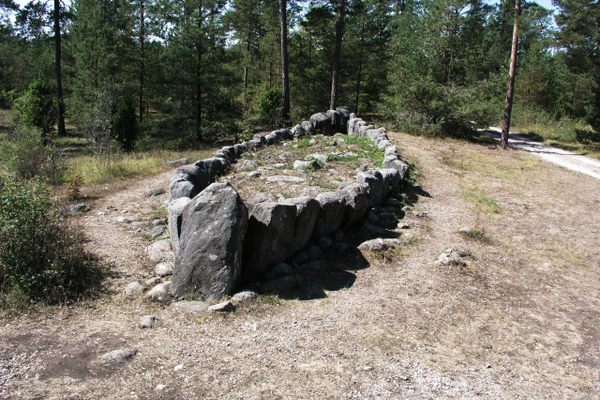
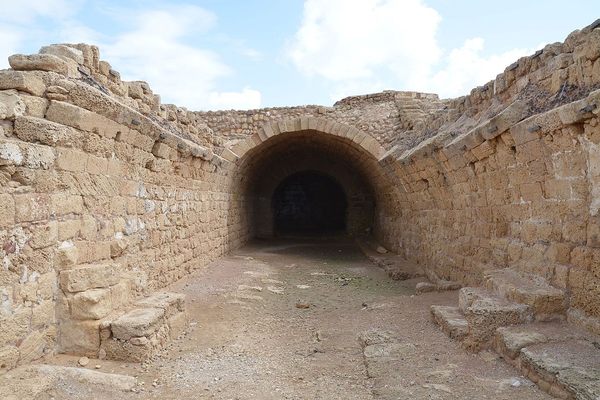

Follow us on Twitter to get the latest on the world's hidden wonders.
Like us on Facebook to get the latest on the world's hidden wonders.
Follow us on Twitter Like us on Facebook